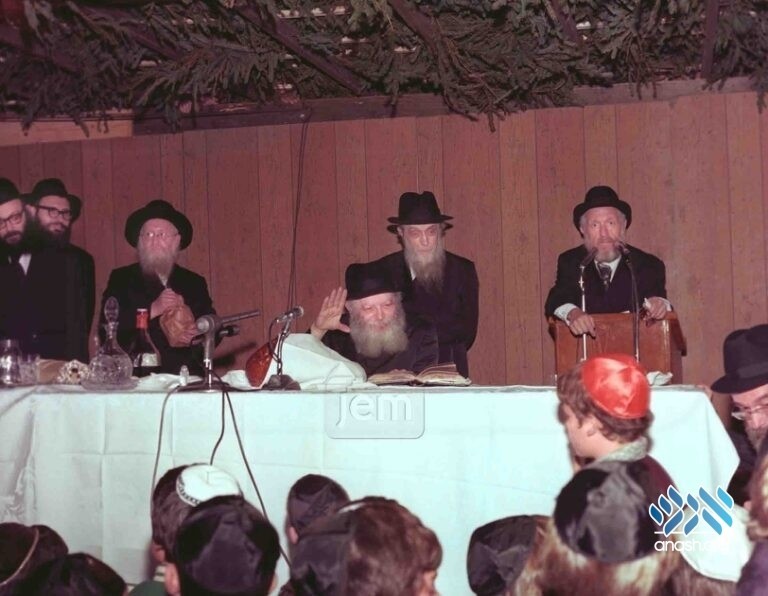One of the Rebbe’s first activities on American shores was a public farbrengen on Sukkos for non-chassidishe yeshiva bochurim. At one such farbrengen, before the nesius, the Rebbe explained to them the meaning of a minhag.
One of the first activities of the Rebbe on the shores of America, was to hold a public farbrengen on Sukkos. Geared to non chassidishe yeshiva bochurim, the Rebbe would share torah thoughts, and expound of fundamental Chassidus ideas, opening hearts and minds to these new concepts.
At one such farbrengen, in the 5700’s, the Rebbe elaborated on the Chassidus approach to the value of a minhag.
“When a master commands his servant to do something, the servant of course obeys. However, when the master merely motions to him, and the work is done, that shows on a deeper relationship between the master and the servant.
“This is the difference between a mitzva d’oraiso and a d’rabanan. A d’rabanan is so much more precious to Hashem, since it shows that we can listen to him, with only a little prodding.
“However,” the Rebbe continued, “there is an even deeper relationship. When the master doesn’t say anything, and the servant understands on his own what is expected of him. And that is a minhag.”
“This is how we can appreciate the dancing on Simchas Torah.”
(Haoros Ubiurim Oholei Torah, issue 892, p. 110)
From The Weekly Farbrengen by Merkaz Anash

The farbrengen was for “Bnei Hayeshivos” of all groups. The heading should be corrected